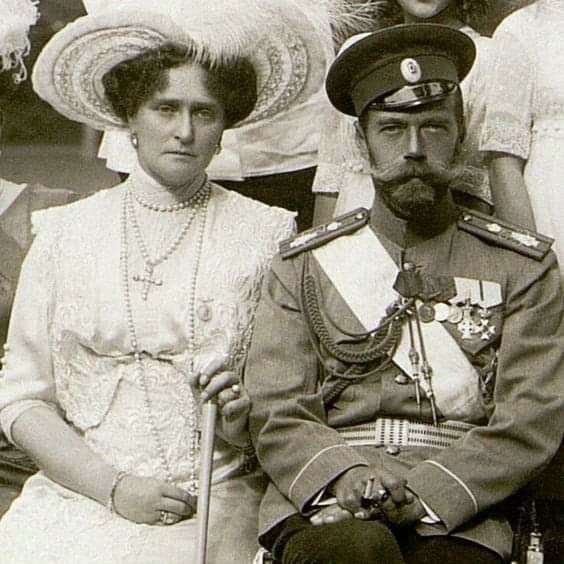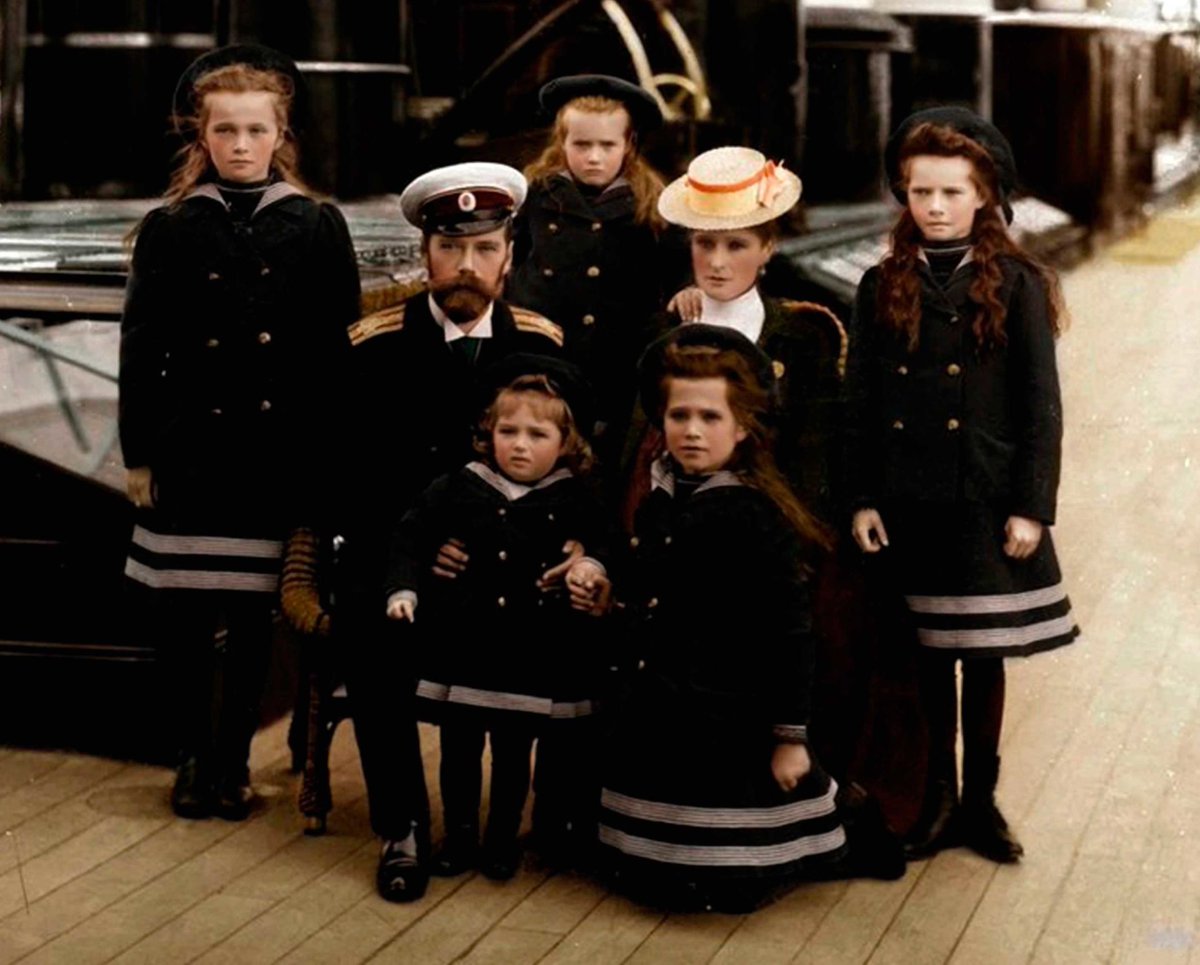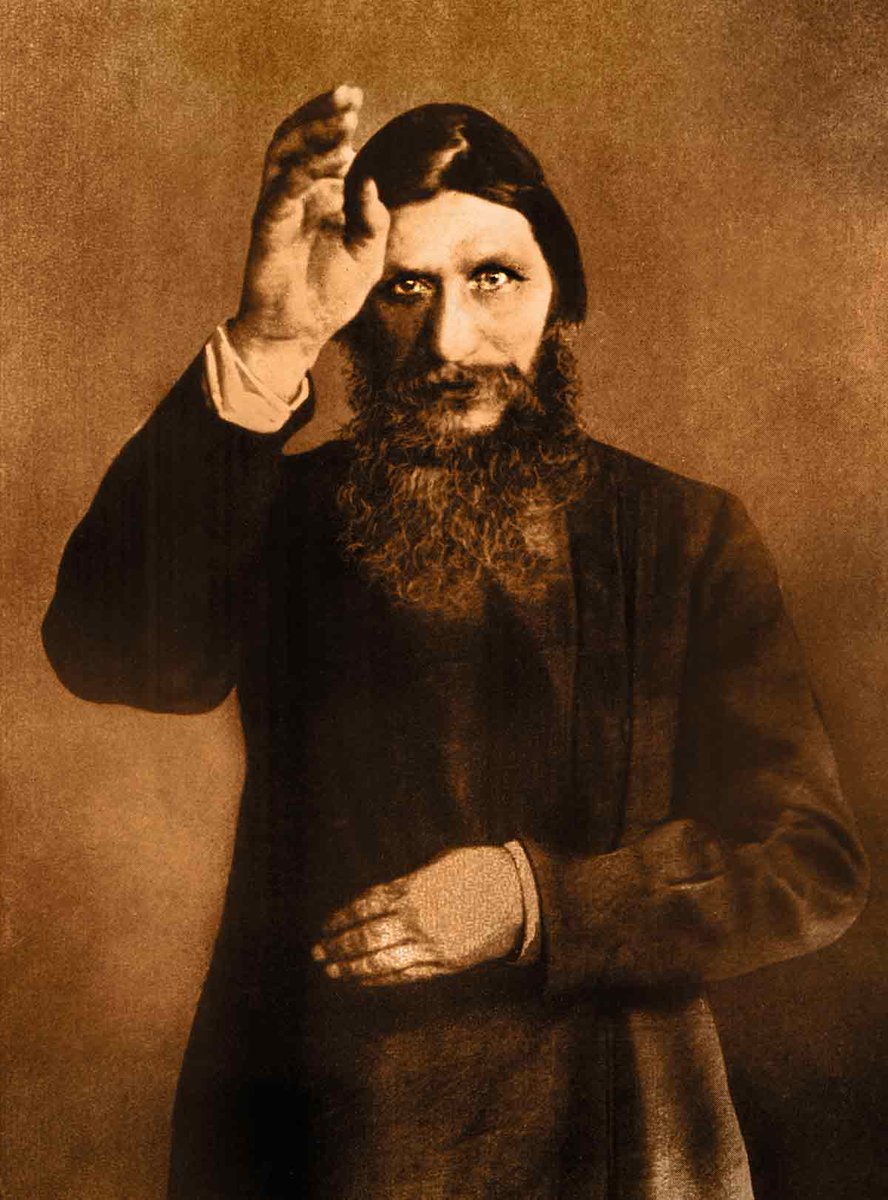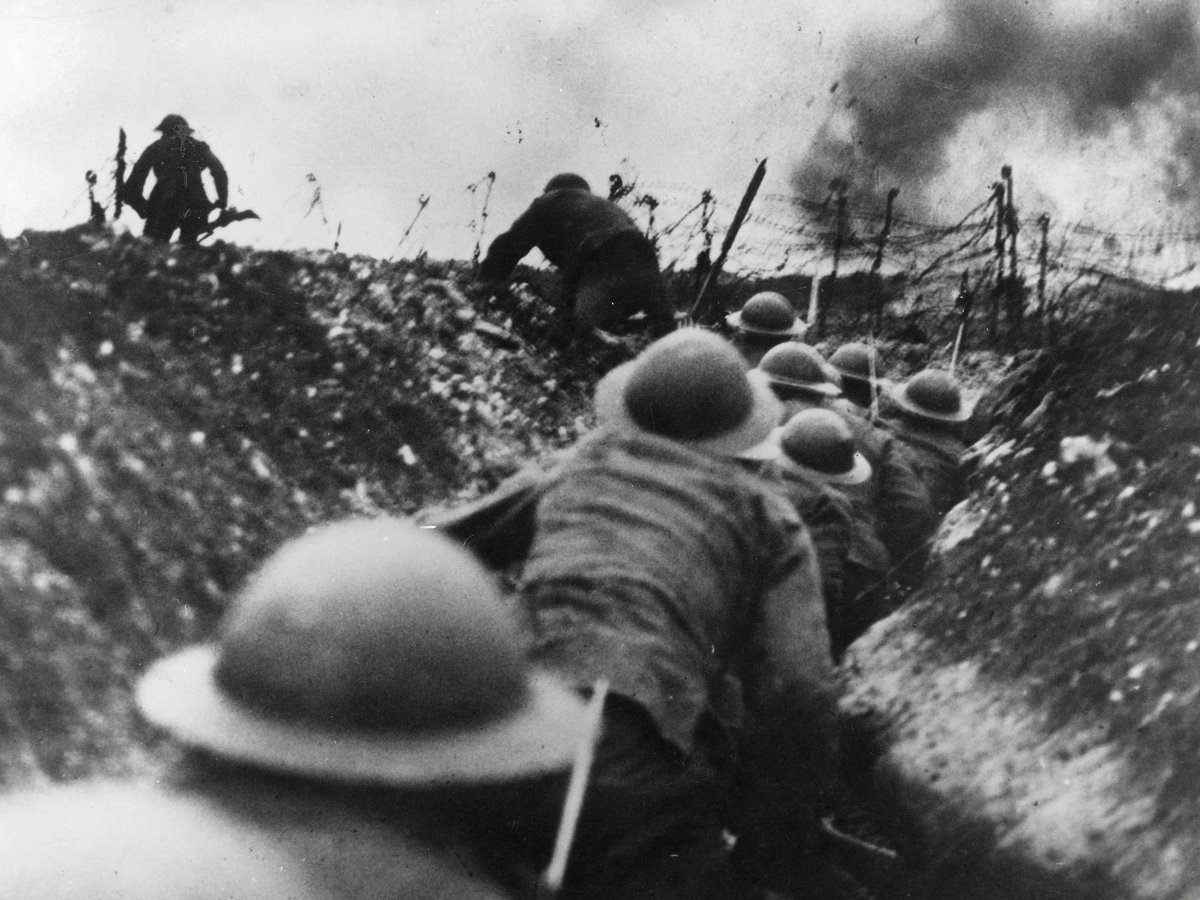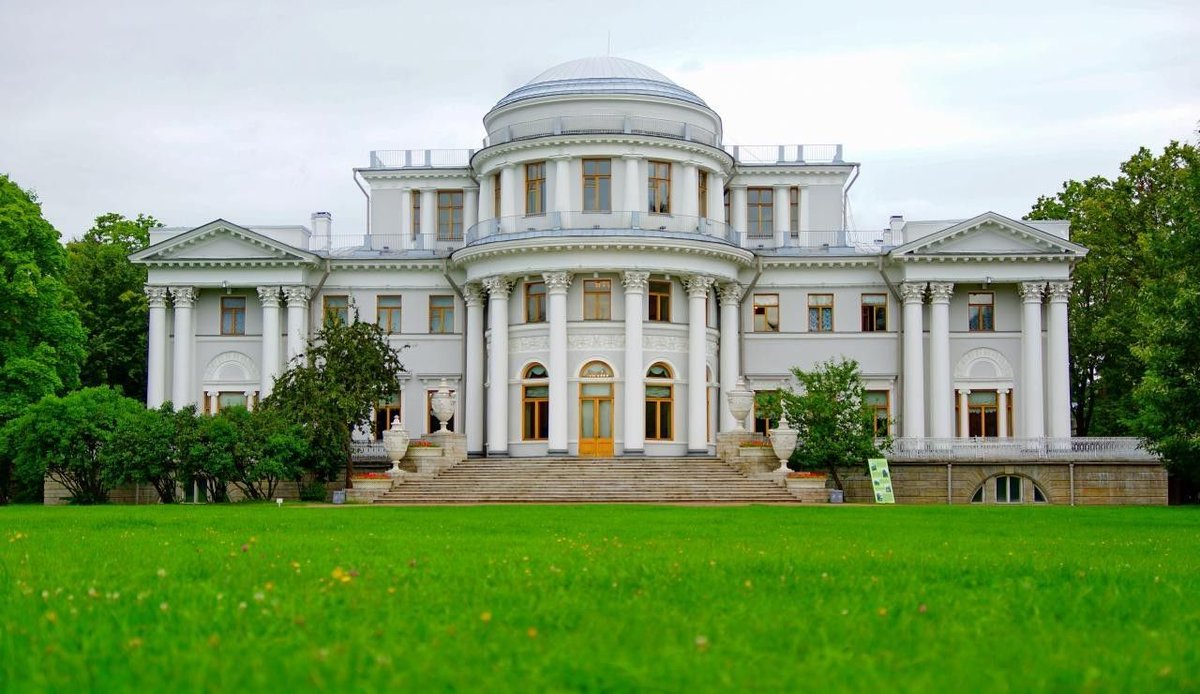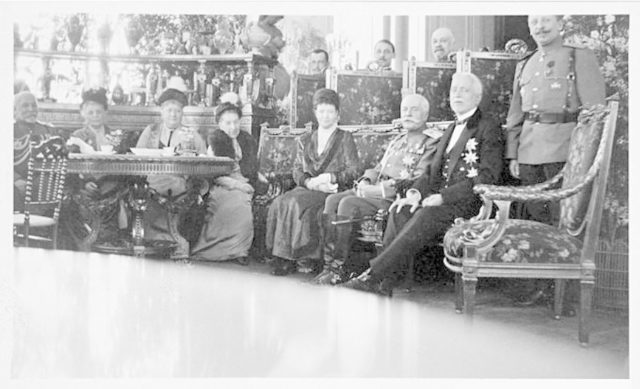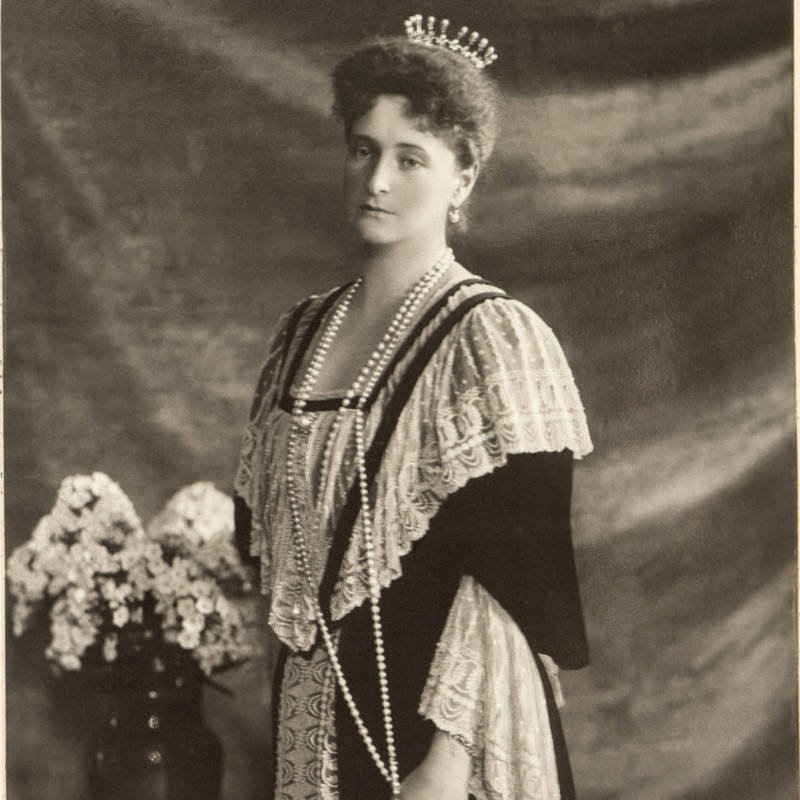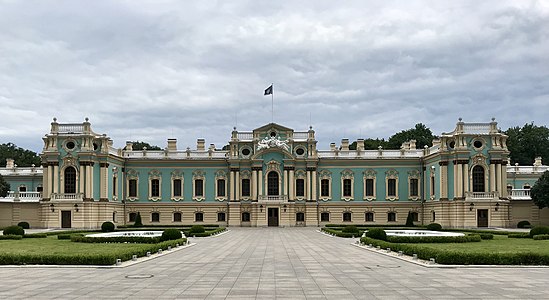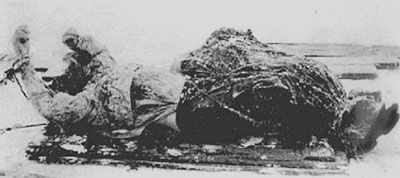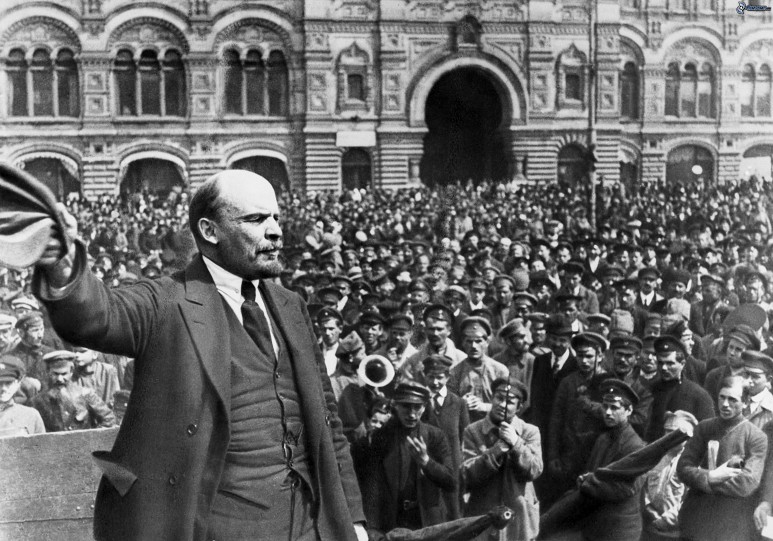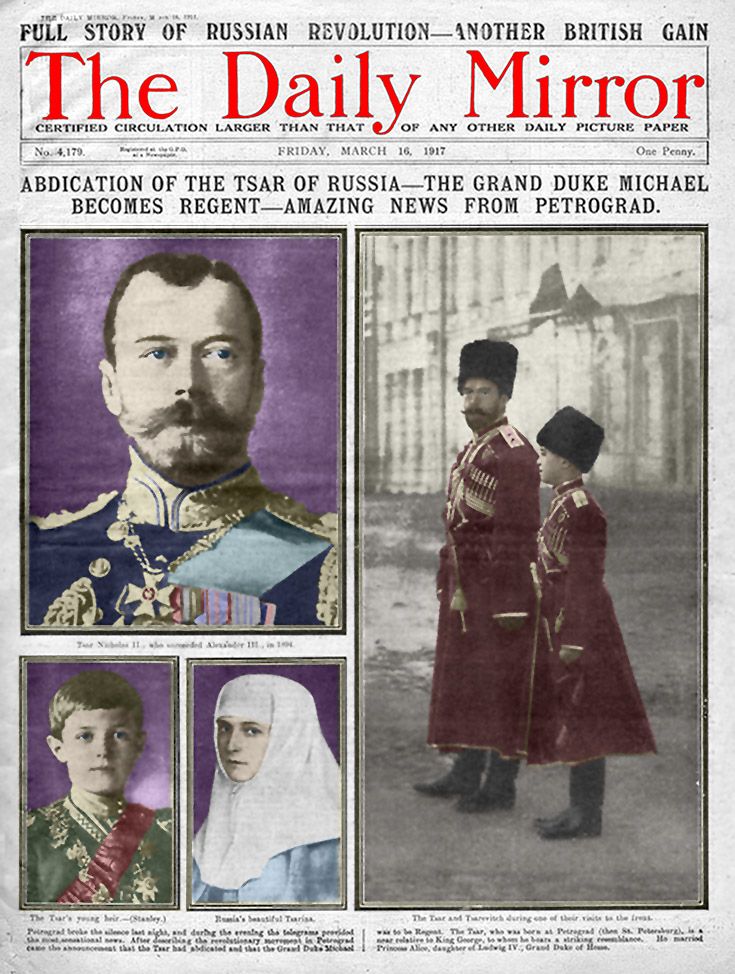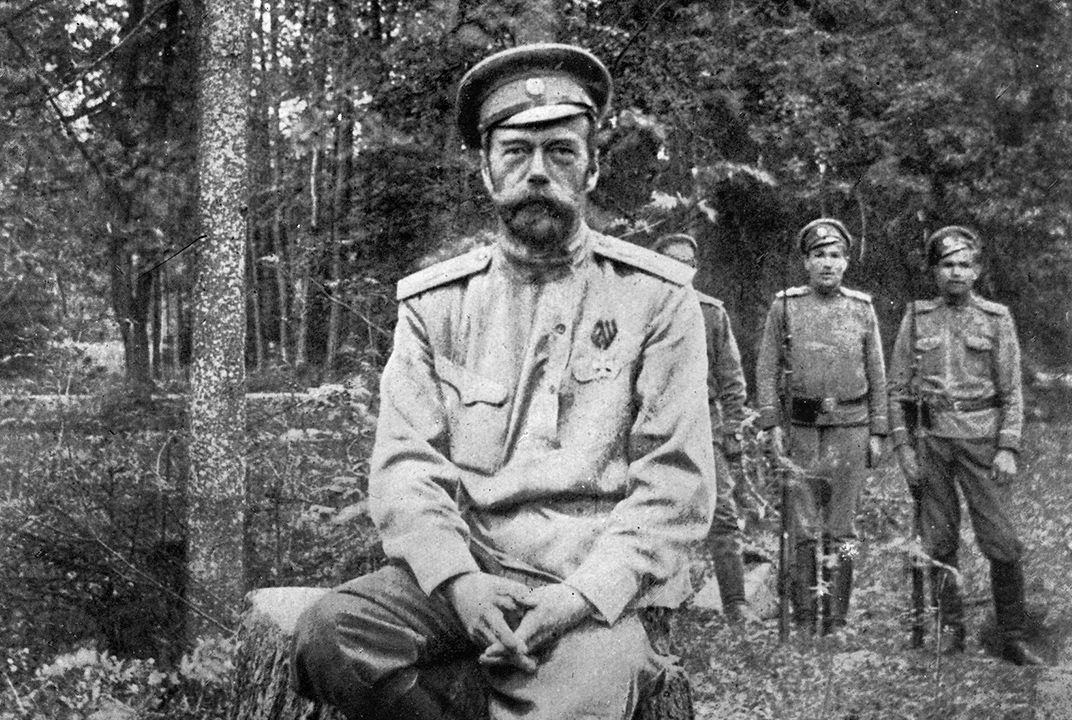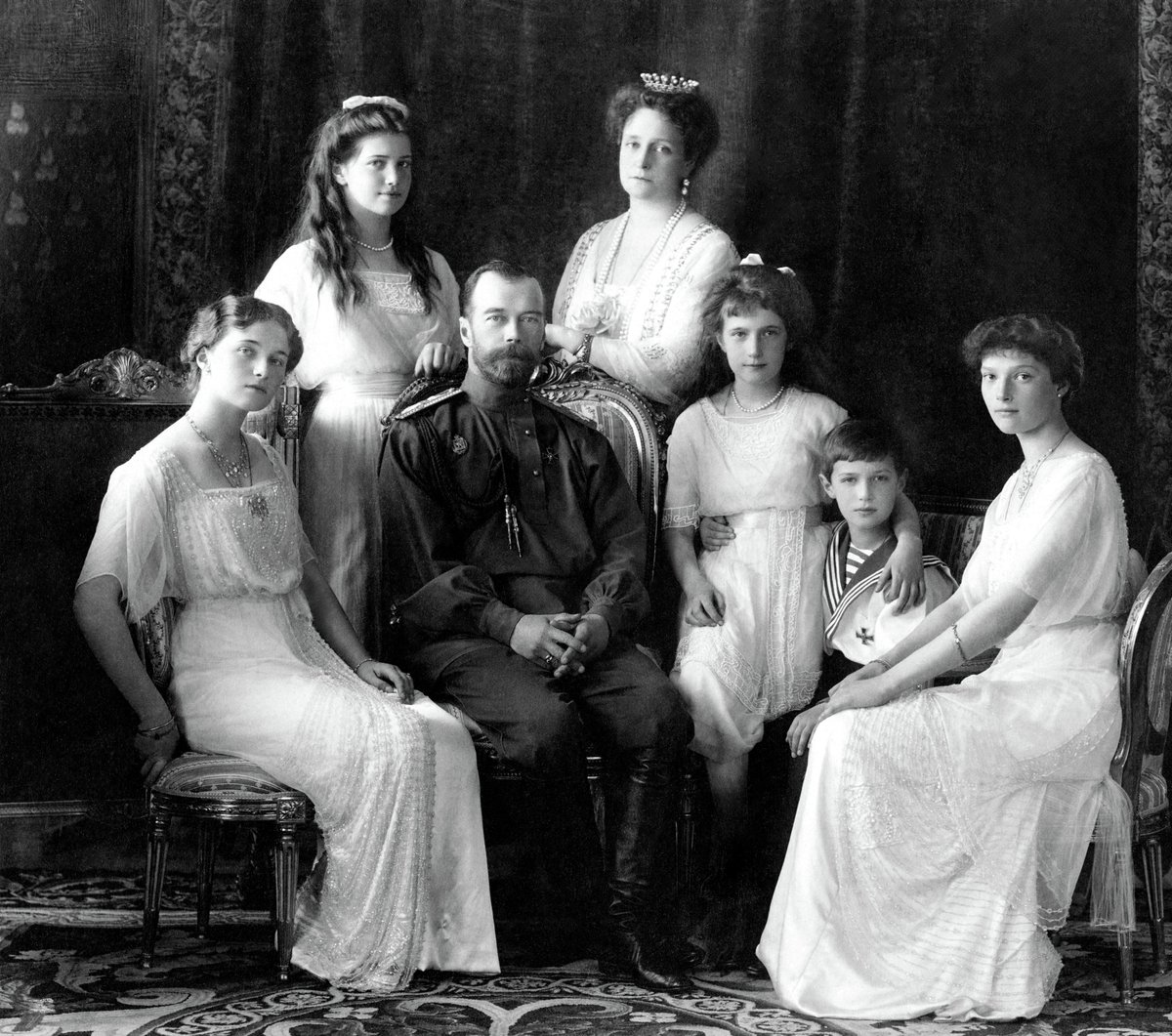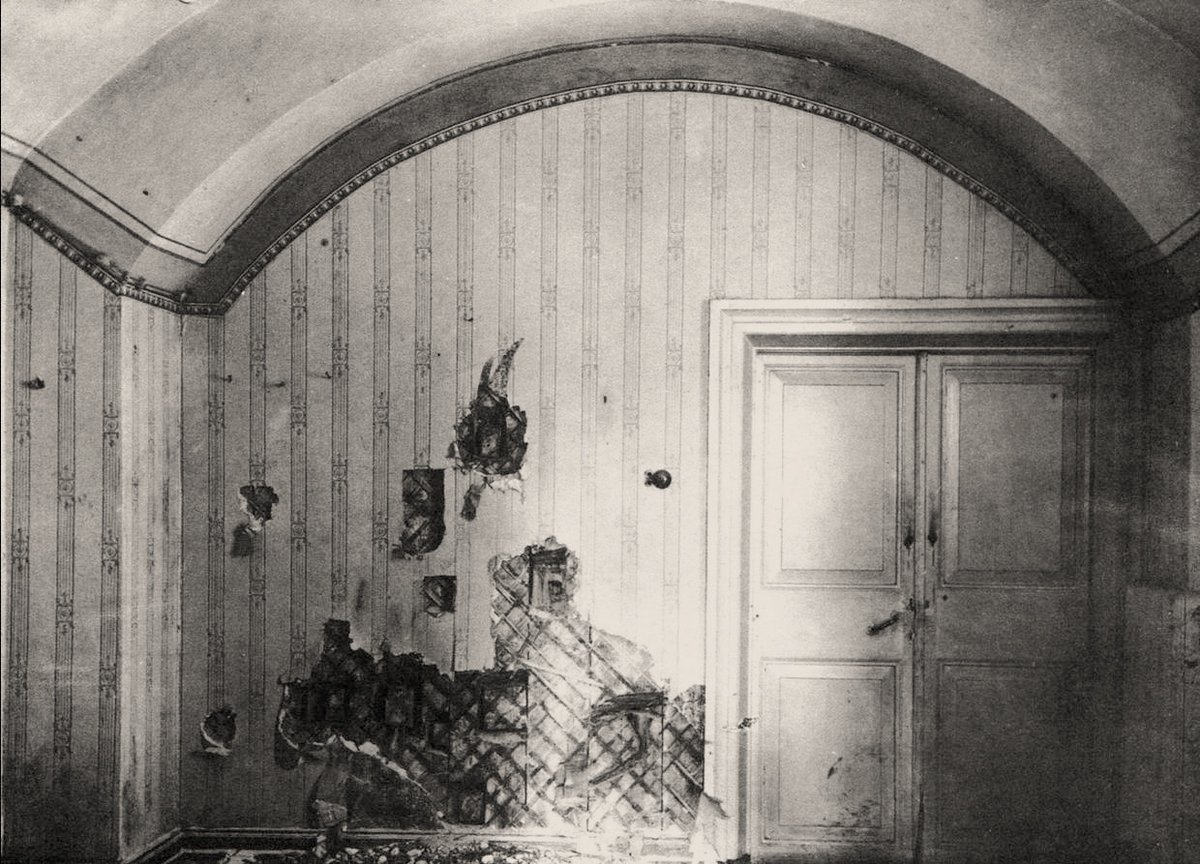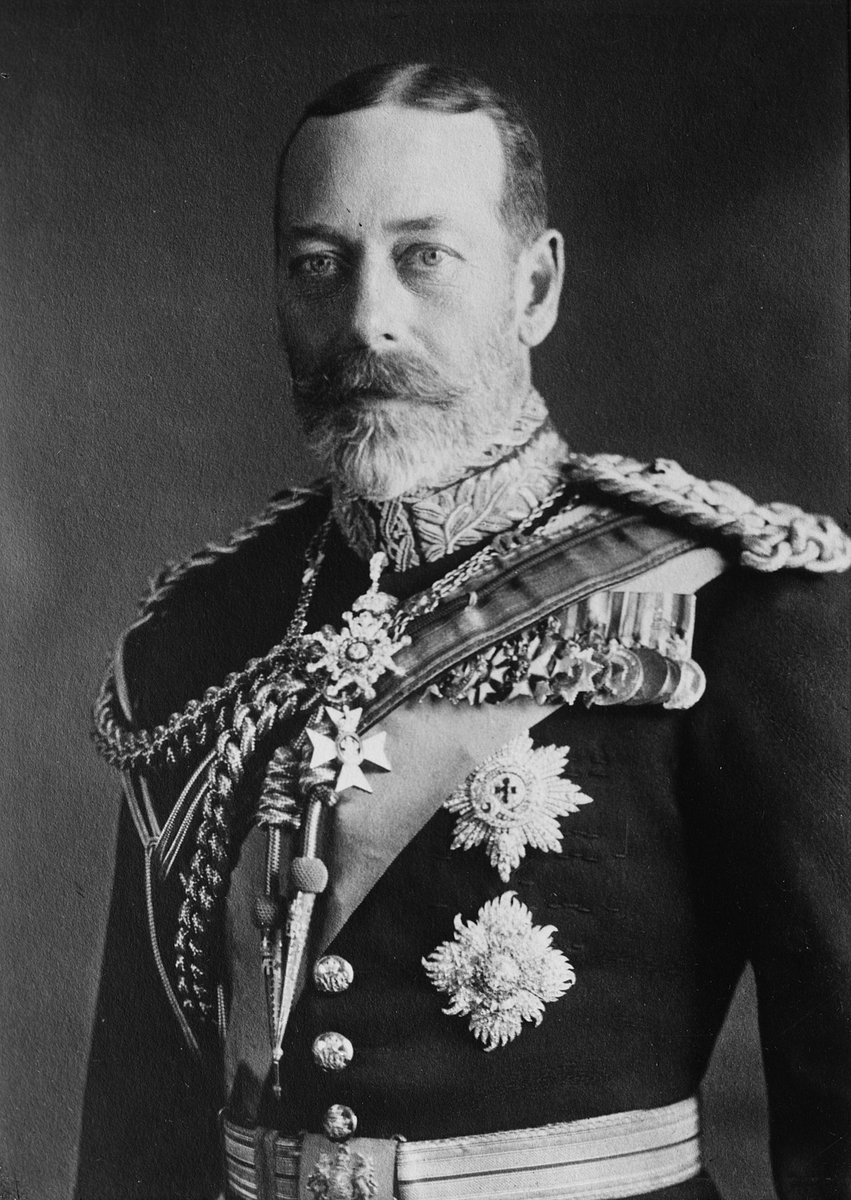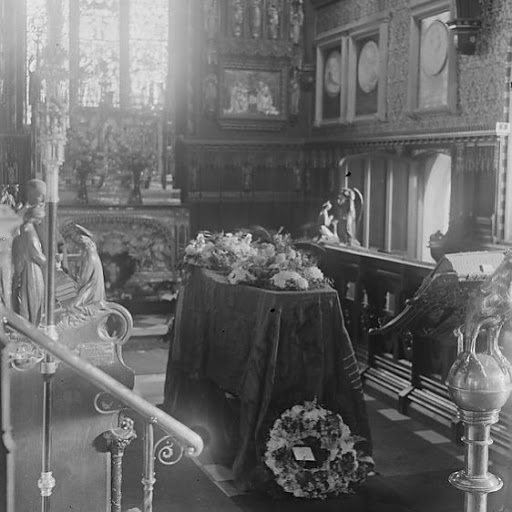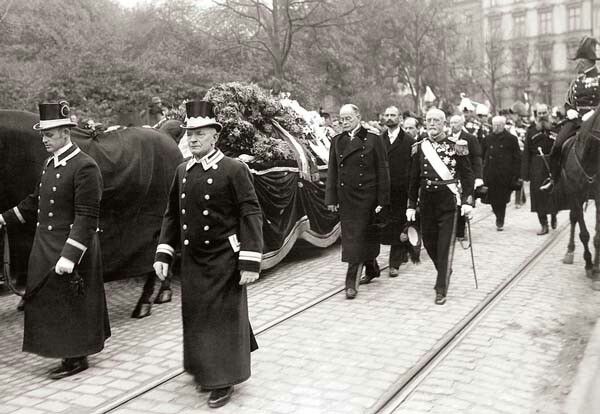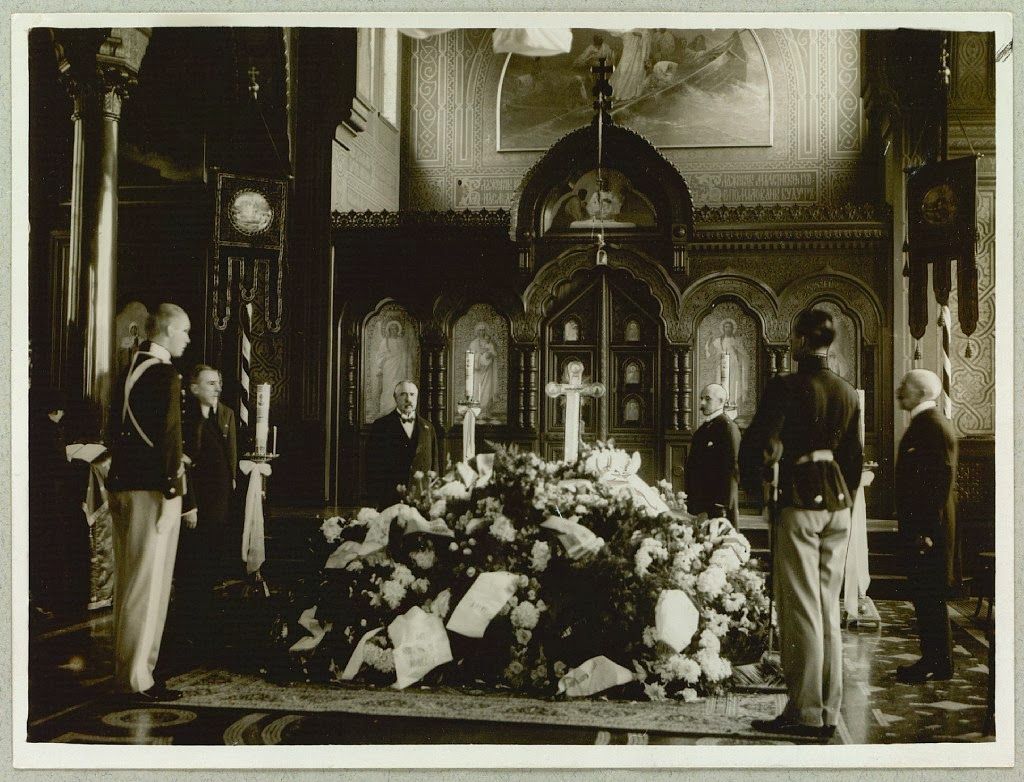After the birth of a son to the tsar (Alexei) in 1904, Nicholas II replaced his mother as his political confidant and adviser with his wife, Empress Alexandra.
Maria was appalled with Alexandra's inability to win favour with public, and also that she did not give birth to an heir until almost ten years after her marriage, after bearing four daughters.
The fact that Russian court custom dictated that an empress dowager took precedence over an empress consort, combined with the possessiveness that Maria had of her sons, and her jealousy of Empress Alexandra only served to exacerbate tensions between them.
Maria was sociable and a good dancer, with an ability to ingratiate herself with people, while Alexandra was very shy and closed herself off from the Russian people.
Maria Feodorovna disliked Rasputin, whom she regarded to be a dangerous charlatan, and when his activities damaged the reputation of the Tsar, she asked the Tsar and Empress to remove him from their vicinity.
When the Tsar remained silent and Empress Alexandra answered and refused for both of them, Maria assumed the empress was the true regent and that she also lacked the capability for such a position.
In May 1914 Maria Feodorovna travelled to England to visit her sister. While she was in London, World War I broke out (July 1914), forcing her to hurry home to Russia. She took up residence at Yelagin Palace
During the war she served as president of Russia's Red Cross. As she had done a decade earlier in the Russo-Japanese War of 1904-1905, she also financed a sanitary train.
There was great concern within the imperial house about the influence Empress Alexandra had upon state affairs through the Tsar, and the influence Rasputin was believed to have upon her, as it was considered to provoke the public and endanger the safety of the imperial throne
There are documents that support the fact that in this critical situation, Maria Feodorovna was involved in a planned coup d'état to depose her son from the throne in order to save the monarchy.
Empress Alexandra was informed about the planned coup, and when Maria Feodorovna made the ultimatum to the Tsar, the empress convinced him to order his mother to leave the capital.
Consequently, the Empress Dowager left Petrograd to live in the Mariyinsky Palace in Kiev the same year. She never again returned to Russia's capital.
In Kiev, Maria engaged in the Red Cross and hospital work, and in September, the 50th anniversary of her arrival in Russia was celebrated with great festivities, during which she was visited by her son, Nicholas II, who came without his wife.
Maria did ask Nicholas II to remove both Rasputin and Alexandra from all political influence, but shortly after, Nicholas and Alexandra broke all contact with the Tsar's family.
When Rasputin was murdered, part of the Imperial relatives asked Maria to return to the capital and use the moment to replace Alexandra as the Tsar's political adviser. Maria refused, but she did admit that Alexandra should be removed from influence over state affairs.
Revolution came to Russia in 1917, first with the February Revolution, then with Nicholas II's abdication on 15 March.
After a time living in Crimea, she received reports that her sons, her daughter-in-law and her grandchildren had been murdered. However, she publicly rejected the report as a rumour.
In her diary she comforted herself: "I am sure they all got out of Russia and now the Bolsheviks are trying to hide the truth." She firmly held on to this conviction until her death. The truth was too painful for her to admit publicly.
Despite the overthrow of the monarchy in 1917, the former Empress Dowager Maria at first refused to leave Russia. Only in 1919, at the urging of her sister, Queen Dowager Alexandra, did she begrudgingly depart, fleeing Crimea over the Black Sea to London.
King George V sent the warship HMS Marlborough to retrieve his aunt. They travelled to England on the British ship the Lord Nelson, and she stayed with her sister, Alexandra
On 13 October 1928 at Hvidøre near Copenhagen, in a house she had once shared with her sister Queen Alexandra, Maria died at the age of 80, having outlived four of her six children. She was interred at Roskilde Cathedral.

 The End
The End 

If you read until this tweet, I want you to know that I love you with my entire heart. I know this has been the longest thread I've ever made, but her life seems so interesting to me that I couldn't leave anything out!!

 Read on Twitter
Read on Twitter